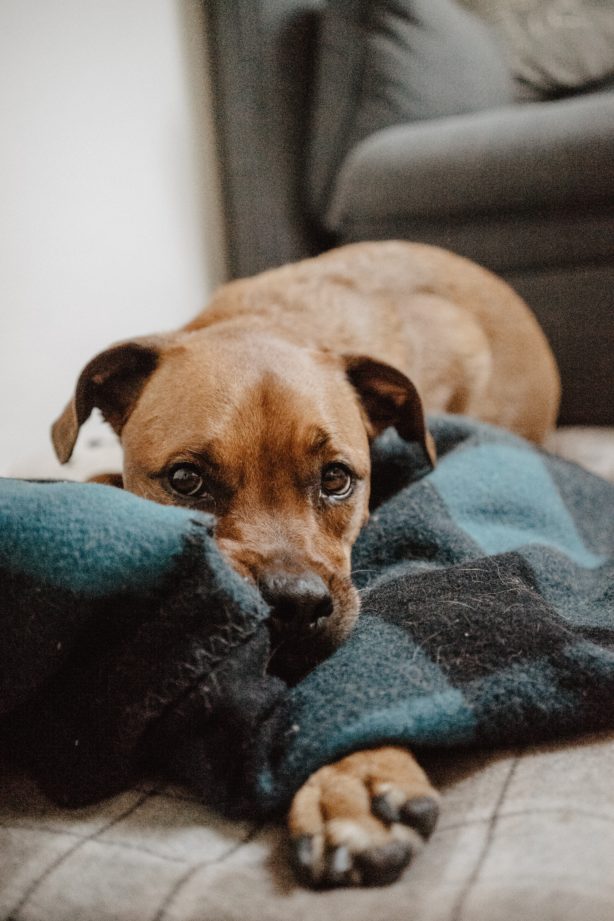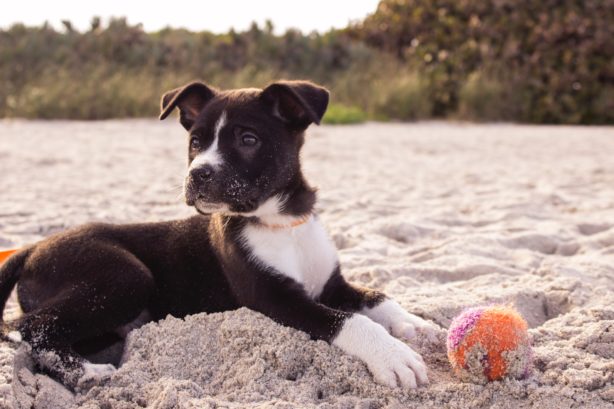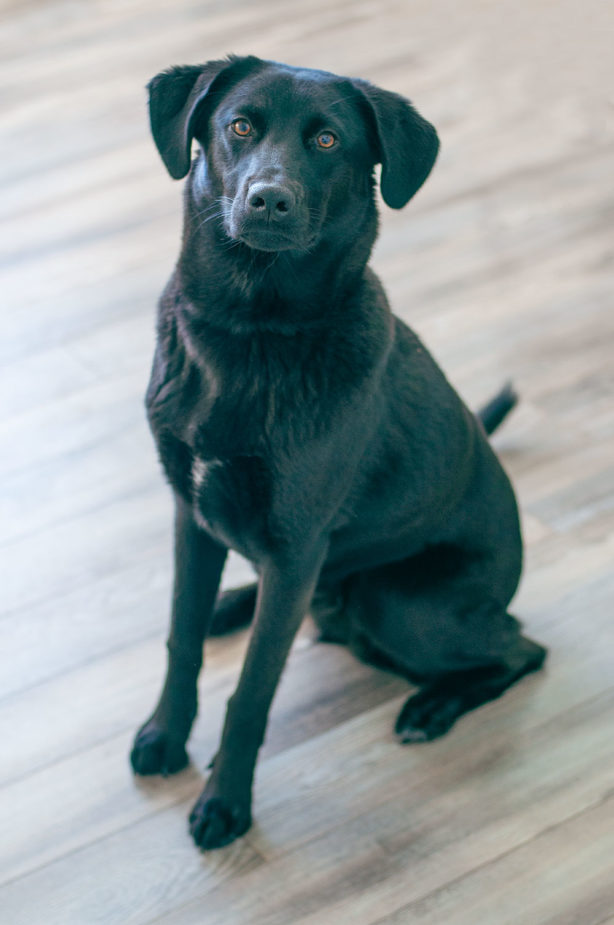Dealing with an aggressive dog is no easy task, especially if it’s a new dog you’ve just introduced to your kids.
Aggression isn’t uncommon, especially if you’ve adopted a mature dog and don’t have a thorough understanding of its previous history.
According to the Barnes Firm, an accident injury lawyer that specializes in personal injury cases, pet owners are responsible for properly training aggressive dogs, and if your dog bites or attacks another animal or human in your care, you could find yourself facing a personal injury lawsuit.
And of course, aggressive dogs can quickly lead to frustration and blame. You may be wondering if it’s something wrong you’re doing in your training, or if they were simply born with inherent aggressive traits.
You might have trouble connecting with your pet, or find that they behave well in front of you, but not in front of others.
If you find yourself dealing with a dog that’s showing signs of aggression, consider these tips to help you handle the issue calmly and safely.
Determine the Source of Aggression
One of the first steps you should take in dealing with aggressive dogs is analyzing the source of their behavior.
There are multiple reasons why your dog might be aggressive. While many dog owners assume the issue might be a genetic trait, that actually isn’t often the case.
As previously mentioned, adopted dogs could come with a wealth of issues. They might have been improperly trained by a past owner.
Previous traumas, trouble with socialization, and even medical issues could all be sources of aggression.
Possessive aggression and fear aggression are two different types of aggression that are common, and there are signs you can identify to help you determine which one your dog is showing.
A dog with possessive aggressive becomes very dominant over specific items or other people. When another dog or person comes near that item, they become visibly upset and will growl, bare teeth, bark, and sometimes snap.
On the other hand, dogs with fear aggression are fearful of their surroundings, and will cower or tuck their tails between their legs. They may still growl or yip, but will be visibly fearful as they do so.
Pay attention to the aggressive behavior that your dog exhibits, and try to determine the type of aggression your dog is showing.
You should also take note of what triggers that aggression. What was happening when the aggression occurred? By observing the dog’s patterns of behavior closely, you can have a more detailed conversation with a trained professional or veterinarian.
Consider CBD
Cannabidiol an active cannabinoid found in cannabis, and it’s one of many. However, there’s plenty of stigma surrounding CBD and it’s important to dispel some of the common misconceptions to get to the essence of how this cannabinoid can help your dog.
Unlike THC, CBD is derived from the hemp of cannabis and does not have an intoxicating effect. That’s why CBD dog treats for anxiety have become a popular way to help manage anxiety and aggression in dogs.
When you use CBD oil or treats with dogs, it works by engaging pre-existing anandamides that they already have. Anandamides are cannabinoids found in canines.
Essentially, CBD oils can help stimulate areas that relieve stress in dogs and keep them calm. It’s a natural, safe way to potentially help curb a dog’s aggression.
It can also be handy in high-stress times that could cause increased aggression in your pet, like when you’re traveling with your dog.
Establish Dominance in the Household
It’s important for your dog to understand that you are the dominant person in the household. Just as you want a child to respect you as the parent, you should command the same type of respect from your pets.
Giving in to your dog can make it difficult for them to understand that you’re in charge. And if they believe they are the leader of their “pack,” they’ll continue with the wrong behavior.
One way to establish dominance is by using a leash indoors. Whenever the dog starts to exhibit aggressive behavior, use the leash to reel them back in.
You can also invest in an appropriate sized crate to put them in when they misbehave. When you do this, it helps them understand that you aren’t willing to tolerate certain types of behavior.
Take The Dog to See a Vet
Sometimes, your dog might exhibit aggressive behavior because of underlying medical issues. This is especially true if you notice some of the behavior has appeared out of nowhere.
That sudden personality change is your dog’s way of trying to tell you that they’re discomforted by something.
For instance, hyperthyroidism and epilepsy are two common medical ailments that cause aggression in dogs.
At the very least, it helps to take your dog to the vet just to rule out those conditions and get some expert animal advice.
Most of the time, some extra training and perhaps some professional advice or intervention will be able to eliminate a dog’s aggression.
Use these tips to help gather information and create a plan, so that you can enjoy years of peace and comfort with your furry friend!




These are awesome tips
Great tips on how to handle aggression in your dog, thank you
I have a Rottweiler and she is fine in the house when someone comes over, but when she is out on her chain she is very aggressive and needs to be watched, she doesn’t care to much for men and that I blame on my brother inlaw when she was just a pup he would tease her and think it was funny, I kept telling him to stop, and now that she is 12 years old she is fine with him but now he is scared of her. She is a good dog and she is just protecting her home and loved ones, she loves my granddaughter and even lets my cat claw and chew on her, just sad that she can’t be alone outdoors
I honestly believe that its always socialization, and the dog owner, not the dog breed… Dogs are creatures of instinct… But I know that you can be denied insurance because you have certain dog breeds, or if you have children and certain dog breeds.